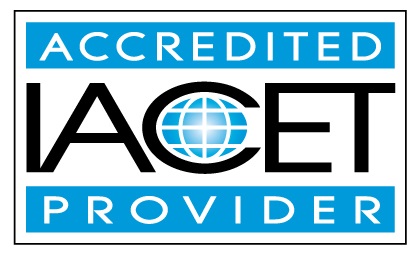Credit: .1 CEU
This study guide is based on Chapters 1, 3, 4 and 5 in the textbook, Seating and Wheeled Mobility. If you have not yet purchased the textbook, click the link below for access to the textbook supplier and purchase the textbook before continuing with this lesson.
It is intended to help CRT Suppliers understand the process of observing a clinician complete a seating and mobility assessment, as well as understand the difference between the three types of sitters: Hands-free, hands-dependent, and prop sitters.
Learning Outcomes:
- List the components of the seating and mobility assessment.
- Identify the components of the seating and mobility assessment.
- Identify the three types of sitters.
- Understand the key terminology used to describe pelvic positions, pelvic anatomy, and spinal curvature.


